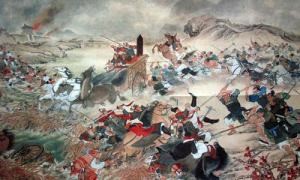
By the end of the Xin Dynasty, peasants all over China rebelled against the Xin Emperor Wang Mang for years of his incompetent rule. There were calls for the reestablishment of the Han Dynasty which had been over thrown by the Wang Mang. These voices were heard and the leaders of the rebellions Lulin supported Liu Xuan to be emperor of the new Han Dynasty.
The current emperor Wang Mang decided he must destroy the newly constituted Han regime before it could gain momentum. He sent his cousin Wang Yi and his prime minister Wang Xun with several hundred thousand men to attack the Lulin forces.
The Lulin forces were split into two. The first led by Wang Feng, Wang Chang and Liu Xiu while the other was led by Liu Yan. The first part of the Lulin forces were able to take the castles of Kunyang, Dingling and Yanxian, while the other part of the Lulin force had begun to attack Yangguan. However, after hearing of the arrival of the main body of the Xin forces, Liu Yan decided to retreat his forces to Kunyang.
The 9000 strong Lulin force in Kunyang were vastly outnumbered by the Xin armies. Many of the Lulin rebels wanted to scatter and retreat to Jingzhou but Liu Xiu opposed it. He advocated that they guard Kunyang securely as a scattered army would be easily picked off. Liu Xiu also promised to gather all other available troops in the surrounding areas and would attack the Xin forces outside the castle. With the Xin forces approaching, Liu Xiu led 13 horsemen out of Kunyang during the night to rally reinforcements from Dingling and Yanxian.
The Xin commander Wang Li was confident in his overwhelming numbers and stated his army would “annihilate all in his path, massacre the town and dance in its blood” and laid siege to Kunyang. Faced with siege towers and tunnels under the castle walls, the Kunyang defenders fought hard and held on until Liu Xiu returned with reinforcements of 10,000 footmen and cavalry.
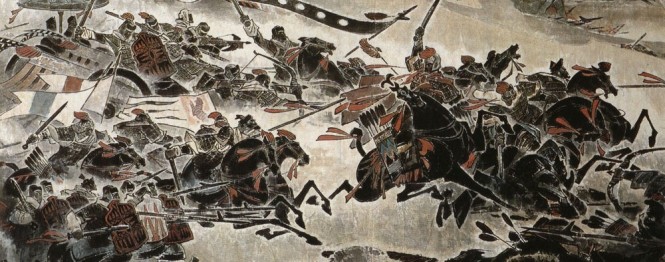
By this point the Xin force’s morale was dropping while the Lulin force’s morale was at its peak with Liu’s return. Liu Xiu took a chance to lead 1000 men to engage the Xin forces while another force of 3000 men marched around to the rear of the Xin army and attacked their main camp.
Wang Li still underestimated the Lulin forces and led 10,000 men with Wang Xun to meet the enemy, while the rest of his men were ordered to stand their ground unless ordered to attack. Once Wang Xun was engaged in battle the other Xin forces as ordered were hesitant to assist them. As a result, Liu Xiu killed Wang Xun in battle, as of this moment the Lulin forces burst from the city and attacked the rest of the Xin units. Although having a much larger force, the Xin army suffered a total collapse and broke into retreat.
Unable to gather most of his men, Wang Yi had to withdraw with the remaining several thousand men back to Luoyang. The news of the battle of Kunyang spread throughout the empire and people simultaneously rose everywhere, often killing the local government officials and claiming to be officials under the new Han regime. Within a month, almost the entire empire had slipped out of Xin control. Eventually Liu Xiu managed to bring China back under Han Rule.
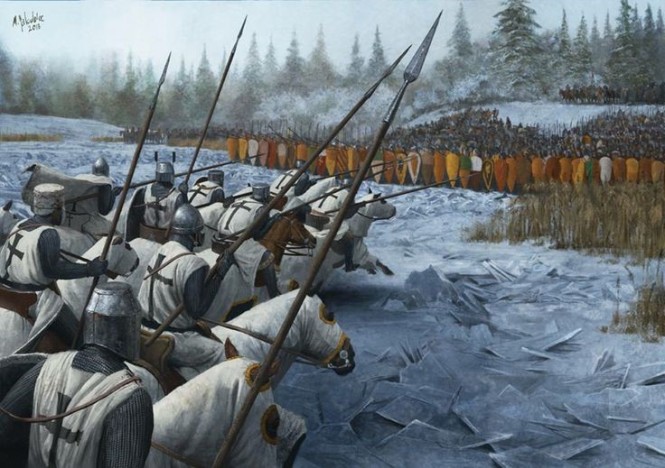

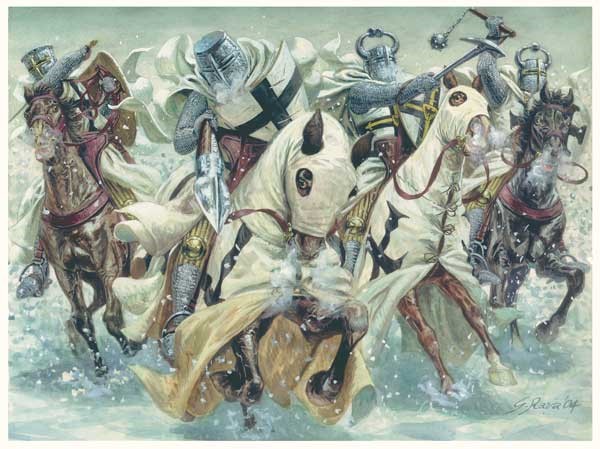

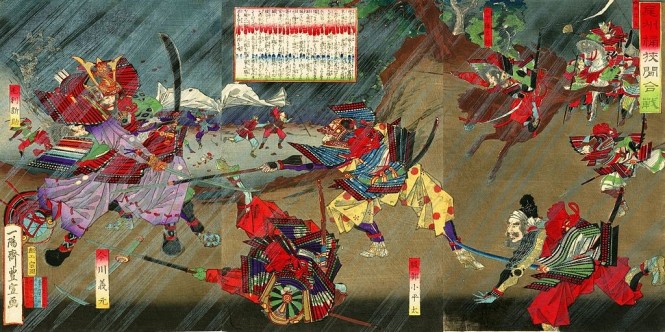

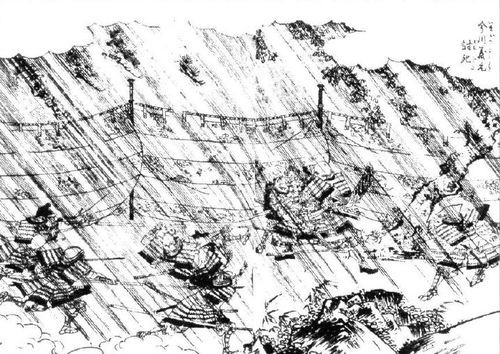
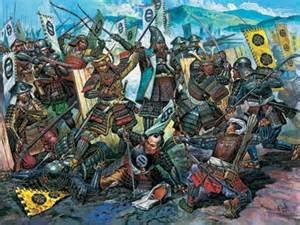

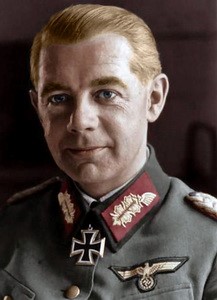
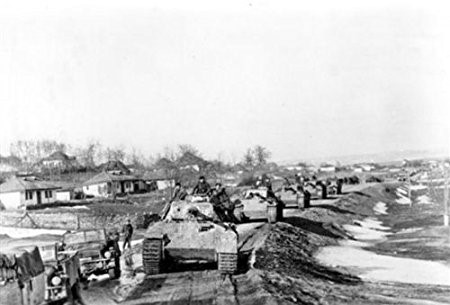
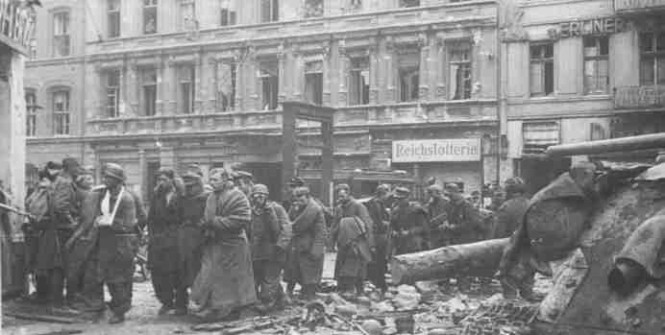
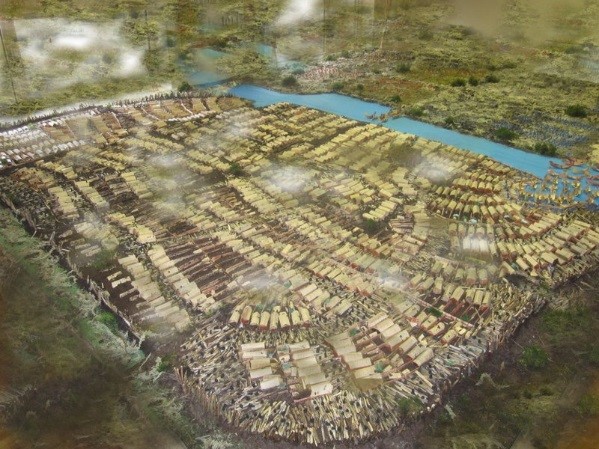

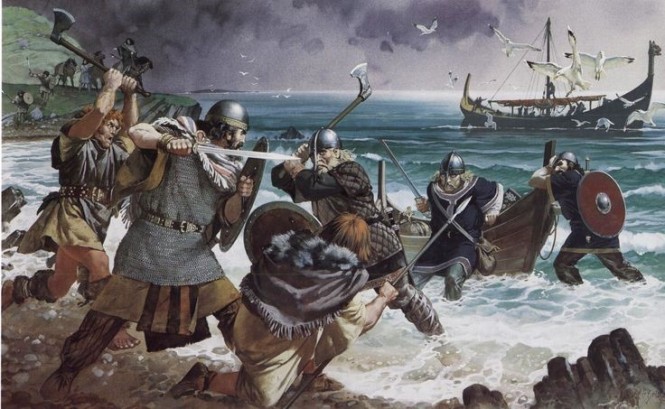
 order to take the city the Ottomans mined tunnels under the city walls to blow them up using large amounts of Black Powder. However the defenders knocked down large trees to help bolster the old palisade delaying the Ottoman attack. This greatly helped in creating enough time for a relief force to arrive in September.
order to take the city the Ottomans mined tunnels under the city walls to blow them up using large amounts of Black Powder. However the defenders knocked down large trees to help bolster the old palisade delaying the Ottoman attack. This greatly helped in creating enough time for a relief force to arrive in September. ranconia and Swabia, giving the Polish King 70,000 men under his command.
ranconia and Swabia, giving the Polish King 70,000 men under his command. Winged Hussars. The charge easily broke through the Ottomans lines who soon began to leave the battlefield. The cavalry headed for the Ottoman Camps and Kara Mustafa’s headquarters, and the remaining Viennese garrison charged out of their defences to join the attack. Less than three hours after the cavalry charge, the Christian armies had been victorious and saved Vienna.
Winged Hussars. The charge easily broke through the Ottomans lines who soon began to leave the battlefield. The cavalry headed for the Ottoman Camps and Kara Mustafa’s headquarters, and the remaining Viennese garrison charged out of their defences to join the attack. Less than three hours after the cavalry charge, the Christian armies had been victorious and saved Vienna.